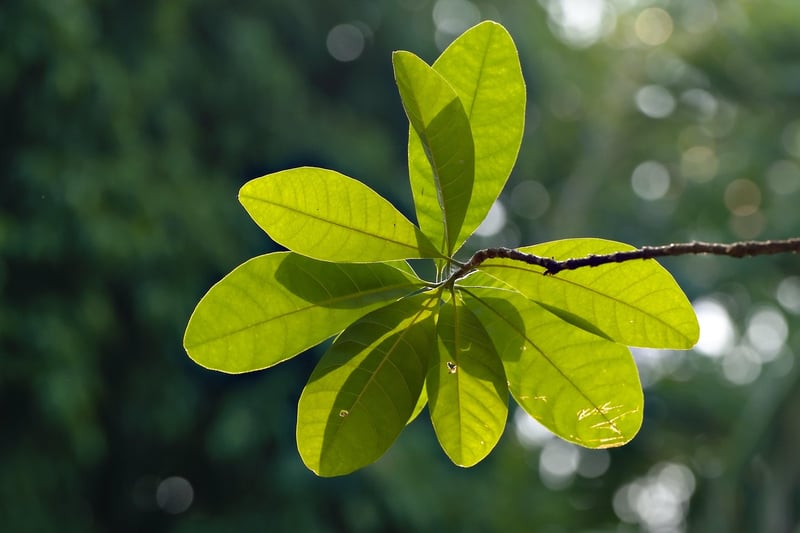Watering Guide
Maintain Healthy Plants: A Comprehensive Watering Guide
Introduction
Proper watering is essential for maintaining healthy plants. Understanding the water requirements of different plants is crucial for their growth and overall well-being. In this guide, we will explore the importance of watering, signs of under and overwatering, and best practices to ensure your plants thrive.
Importance of Watering
Water is a fundamental element for plant growth as it helps transport nutrients, maintains turgidity, and aids in photosynthesis. Insufficient water can lead to wilting and stunted growth, while excess water can cause root rot and other diseases.
Signs of Underwatering
- Wilting leaves
- Dry and crispy foliage
- Leaf drop
- Slow growth
Signs of Overwatering
- Yellowing leaves
- Mold or mildew on soil surface
- Root rot
- Wilting despite moist soil
Watering Best Practices
- Check the soil moisture before watering by sticking your finger into the soil.
- Water in the morning to reduce evaporation and allow plants to dry off during the day.
- Adjust watering frequency based on plant type, season, and weather conditions.
- Use a watering can or drip irrigation to deliver water directly to the root zone.
- Avoid wetting the foliage to prevent fungal diseases.
Conclusion
By understanding the watering needs of your plants and following these best practices, you can ensure they receive the right amount of water to thrive. Remember, proper watering is key to maintaining healthy and vibrant plants in your garden or indoor space.

For more plant care tips and guides, visit The Spruce Gardening.
